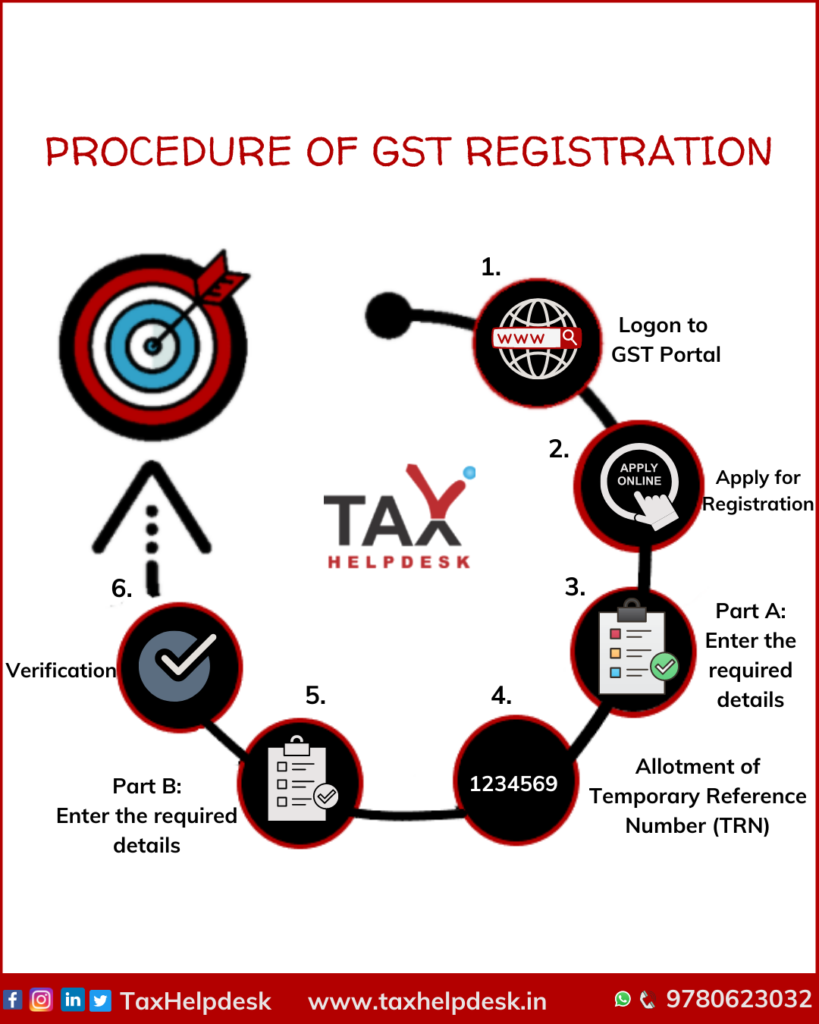Simplifying Your Singapore GST Registration: A Thorough Strategy
Simplifying Your Singapore GST Registration: A Thorough Strategy
Blog Article
The Ultimate Overview to Streamlining the GST Enrollment Process and Demands for Small Company Owners

Understanding GST Essentials
To grasp the fundamentals of the Product and Solutions Tax Obligation (GST) system, tiny company proprietors have to initially comprehend its underlying ramifications and principles. Under the GST regime, services are needed to accumulate and register tax obligation on behalf of the federal government, making certain openness and compliance.
Among the key principles of GST is input tax credit rating, which allows companies to claim credit scores for tax obligations paid on their purchases. This system stops the cascading effect of tax obligations and advertises performance in the tax obligation system. In addition, GST is a destination-based tax obligation, implying that the tax is levied at the point of usage instead of the point of beginning. This makes certain fair circulation of tax obligation earnings amongst states based on where the solutions or products are eaten. Recognizing these fundamental principles is important for tiny organization owners to navigate the intricacies of the GST system and make sure compliance with the law.
Eligibility Standards for Registration
Having actually established a fundamental understanding of GST principles, little service proprietors need to currently fulfill specific qualification criteria to continue with the enrollment process (Singapore GST Registration). Businesses that were signed up under the previous tax regime (BARREL, solution tax obligation, etc) are additionally mandated to sign up under GST. Agricultural companies that just provide create out of main production are excluded from GST registration.
Records Needed for GST Registration

Simplified Enrollment Process Steps
Adhering to the collection and confirmation of the requisite records, the registration process for GST can be navigated through a series of simplified steps designed to facilitate efficient conformity weblink for tiny service owners. Upon effective confirmation, an Application Recommendation Number (ARN) is provided, indicating the conclusion of the GST enrollment process. By complying with these streamlined steps, little service owners can efficiently register for GST and make sure compliance with tax obligation regulations.
Tips for Ensuring Conformity
To maintain governing adherence and functional stability, thorough oversight and aggressive procedures are pivotal in guaranteeing conformity with GST demands for tiny organization owners. Local business proprietors have to remain updated with GST guidelines, filing deadlines, and any changes in tax obligation rates to prevent charges and keep an excellent standing with tax authorities. One important tip for compliance is to keep detailed and accurate records of all purchases, consisting of billings, receipts, and expenditures associated with GST. Frequently resolving economic records with GST returns can aid in determining and fixing any kind of inconsistencies quickly. Furthermore, performing regular inner audits or looking for expert support can guarantee that business is adhering to all GST rules correctly. It is additionally important for tiny organization proprietors to purchase GST-compliant audit software application that can streamline the tax obligation filing procedure and decrease mistakes. Going to GST recognition workshops or training programs can boost understanding and conformity with GST policies, ultimately benefiting the service in the lengthy run.
Final Thought
To conclude, local business proprietors need to understand the basics click this site of GST, satisfy the eligibility criteria, collect needed files, and comply with the streamlined registration process steps to guarantee conformity. By streamlining the GST registration procedure and requirements, local business owners can prevent penalties and run their services smoothly within the lawful structure - Singapore GST Click This Link Registration. It is essential for little business owners to stay informed and compliant with GST policies to maintain a successful business procedure
Small service proprietors looking for GST enrollment should ensure they collect and submit the required documents to complete the enrollment procedure efficiently. The papers needed for GST enrollment normally consist of evidence of organization enrollment or consolidation, FRYING PAN (Long-term Account Number) card of the business address, entity and identification proof of the promoters/partners/directors, photographs, address evidence of the place of organization, financial institution account declarations or canceled cheques, and consent forms. Going to GST awareness workshops or training programs can improve understanding and conformity with GST policies, eventually profiting the organization in the long run.
By simplifying the GST enrollment procedure and requirements, tiny business owners can avoid penalties and operate their organizations efficiently within the legal framework. It is critical for tiny company owners to remain compliant and educated with GST guidelines to keep an effective organization procedure.
Report this page